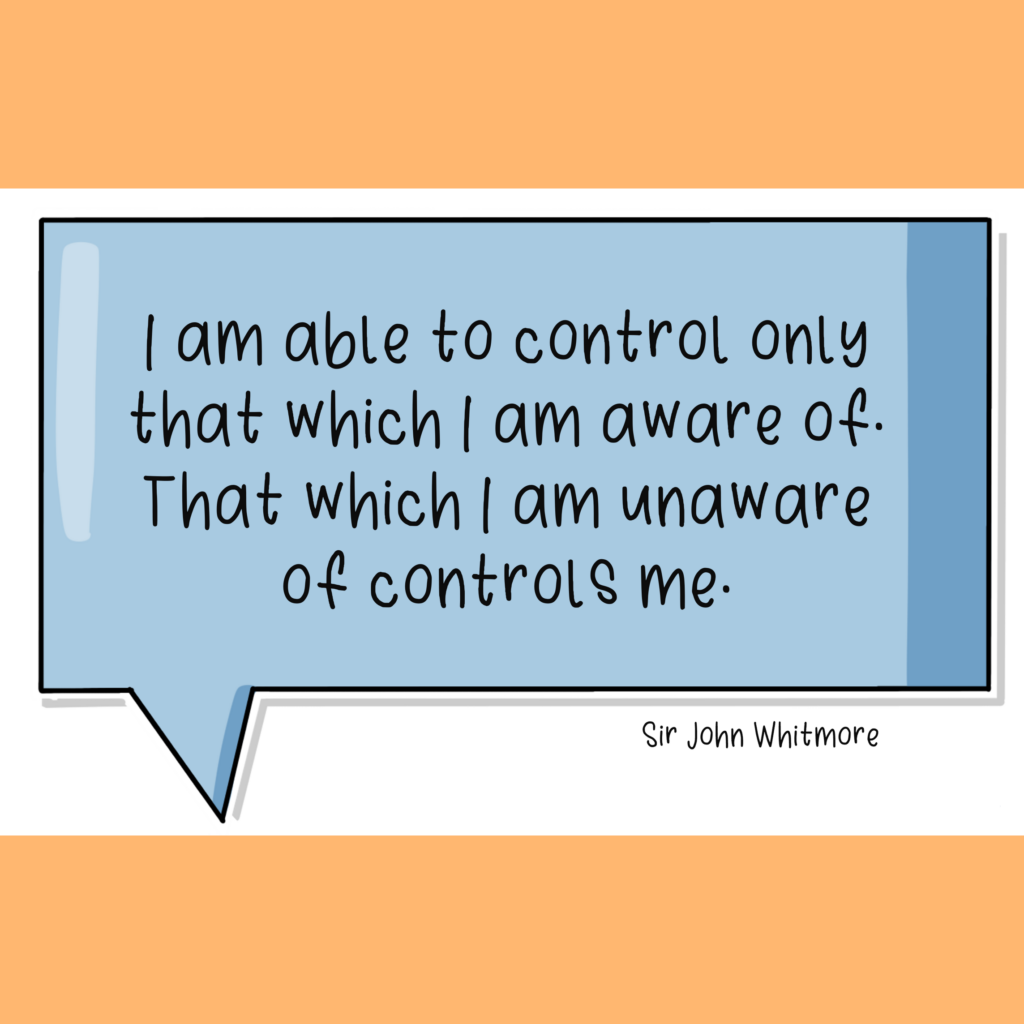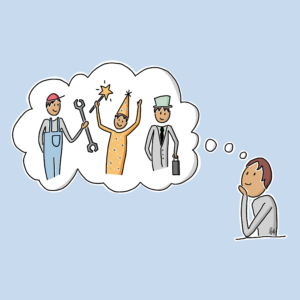

I recently asked a group of research leaders how they would respond, when one of their people was trying to insist that a picture from a result was showing something that wasn’t in the data. The answers were varied. A few focused on the person’s need to please, a few talked about the person forgetting
about the importance of being able to reproduce results. Finally, one person suggested that maybe the person was having a problem distinguishing between observing and interpreting. All good researchers know how to distinguish between the two – that’s a basic tool of the trade. A problem arises when they move to positions of leadership, since this tool doesn’t get applied to non-scientific data.
A major part of leadership is about influencing others through word and deed. Since it isn’t possible to be aware at all times about what we say and do, and how this impacts others, it is essential to collect information about this. The resulting increased level of awareness about behaviour helps to set up effective learning loops that allow you to improve your leadership quickly.
One way to collect is to obtain feedback from others. Another way is to learn or cultivate the habit of observing your own behaviour and then learn how to evaluate it. Two challenges to this are the tendency to jump the gun and the role our personality plays in what we notice. By “jump the gun” I mean the tendency that most of us have to announce our judgment or interpretation, skipping over the observed data. A couple of tell-tale signs that we’re doing this are:
- generalizing from one recent observation “you’re never on time” (instead of “this morning you arrived fifteen minutes after the start of the meeting”). “you’re always faster” (instead of “yesterday, you finished the experiment ahead of schedule”).
- Using an interpretation to describe the data “he looked angrily at me” (What facial expression or body language did he use that suggest his anger?), “the report was excellent” (What was it about the report that made it excellent?)
If you listen out for these, you will begin to spot them quickly. Simply by becoming more aware of these patterns, you will probably notice that you use them less often.
Another challenge is the role that your personality plays in this. In my work I usually use the Enneagram model of personality; in this each personality type applies a different type-based filter to the data the person is collecting or receiving. For example, some people who have very high standards are labelled Perfectionists by others and have an automatic data filter that helps them to notice what’s wrong or a mistake quite easily. So, once you become aware of your type-based filter, you can make allowances for it to correct for this view of the data.
What help you to recognise how you filter and interpret observations?



